Plant Analysis as a Management Tool for Corn and Soybean Fields
Study author(s): Dan Kaiser, University of Minnesota Department of Soil, Water and Climate
Years of study: 2012 – 2013
Location(s): Crookston, Fergus Falls, Hutchinson, Lamberton, Morris, Rochester, Rosemount, Staples and Waseca, MN
Important: for the complete report, including all tables and figures, please download using the link(s) to the right.
summary
The data shows that hybrids do significantly vary in their ear leaf nutrient concentration and the differences are not reflected in final yield. For the southern Minnesota locations, only potassium and iron concentrations were found to be stable across locations. All other nutrient concentrations varied by location and hybrids tended to differ in their response by location. Overall the data indicates that single sufficiency values for nutrients may not be adequate as each may have their own sufficiency level for a given nutrient.
Early season plant samples were taken from two corn and two soybean fields. The soybean data showed no meaningful relationship between V5 whole plant tissue concentration and final yield. Data was better for corn showing a relationship between potassium concentration and yield at one location and calcium and copper at another location which was seldom shown to be deficient by comparing concentrations to currently used sufficiency ranges. Plant mass appeared to be a better indicator for final yields in both corn and soybean fields. However, plant mass was negatively correlated to final plant soybean yield. Overall, the tissue analysis showed some stress in the field but there was no indication on the cause of the stress or whether it coud be alleviated by fertilizer applications.
Currently used sufficiency ranges were studied for N, P, K, and S for corn and soybean. The data in this study supported the current ranges for P and S. Nitrogen values for corn followed the current levels suggested but the low end of the range was lower for the current data as what is suggested for many publications. The sufficiency range for potassium was found to be lower than the current published values. However, it is not clear whether this is a result of the dry weather conditions. More work is planned in 2013 to collect additional samples to develop a database that can relate tissue concentration to final plant yield.
